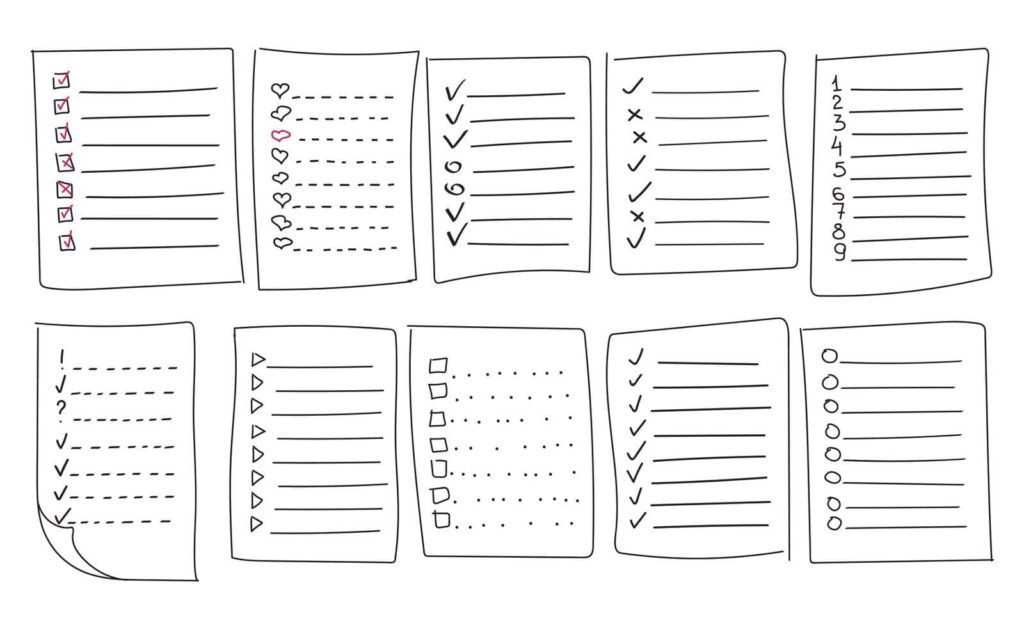How often do you receive an email that you know contains important info, but you’re too busy to dig in or the call-to-action is too difficult to decipher? Been to a meeting where there is tons of talking but no real information being given? Chances are, your organization is a victim of over-communicating. Of course there are times when more information is needed for clarification but next time you send an email or schedule a meeting, really think about what actually needs to be communicated.
Get to the Point. Quickly.
You don’t need to give extra details and complicate what you’re asking your members to do. They don’t necessarily need to be privy to every detail of the issue. People appreciate brevity. Before you compose an email, take time to think and jot down your main points to convey so you don’t overdo it. Leave your members with a call-to-action so they know exactly what info you need from them.
The Magic of Three
Keeping it simple means no more than three issues or points. If there are more than three bolded topics, you run the risk of having your email skipped over to read later or deleted altogether. Your objective is “to tell the reader what time it is, you don’t need to explain how to build a clock!” (Telephone Doctor).
Use Bullets or Bold Text

On average, a business person receives 100 emails a day. With that volume, few readers have the time, patience, or concentration to sift through large blocks of text. Using bullets or bold text is a great way to pull out your most important points (no more than 3!) so they get the attention they deserve. End your email with a call-to-action, also in bold, to tell your reader exactly what you need from them.
Shorter is always sweeter when communicating. With the sheer volume of email and text that flows before us each day, your members will appreciate well-edited content and clear expectations of emails sent. By being clear and concise, you are forced to narrow down the important information and your reader will appreciate it.



